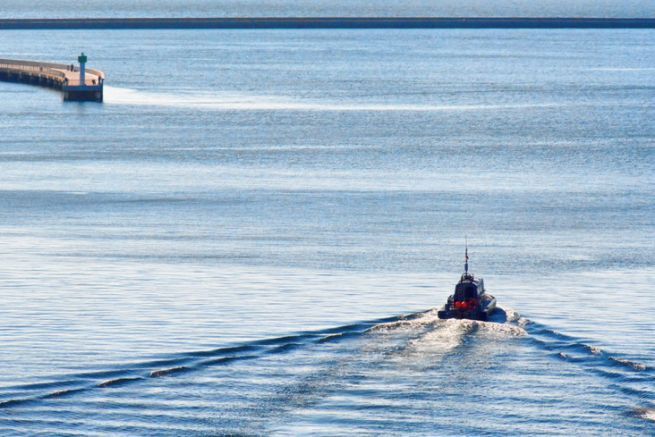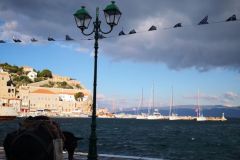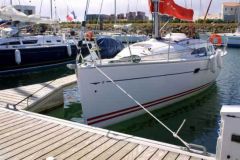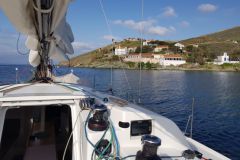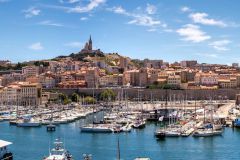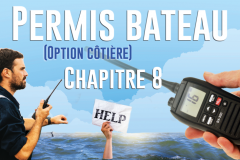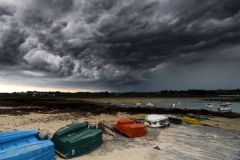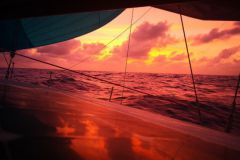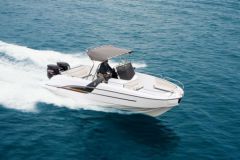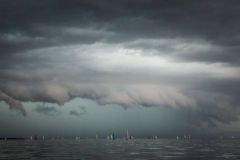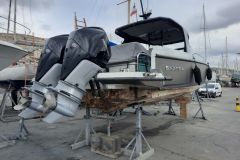In ports, traffic speed is generally limited to 3 knots. If the search for noise reduction is one of the motivations for this limitation, the reduction in bow wave height generated by motorboats is another.

An inevitable wave
The bow wave is formed when a boat enters the water. It pushes water forward, regardless of hull type . Although engineers strive to reduce this thrust (unnecessary energy expenditure) by reducing the angle of entry into the water, it will never be non-existent as long as the boats remain in contact with the liquid element. Even the use of bow bulbs does not remedy the problem - it creates a wave that is offset by half a time to theoretically cancel out the next wave. Certain hull characteristics have a direct influence on the volume of water displaced at a time T.
The bow wave is the result of two distinct waves. The first wave is established at the angle of the hull in the water. The second is created at the master leasehold of the superstructure.
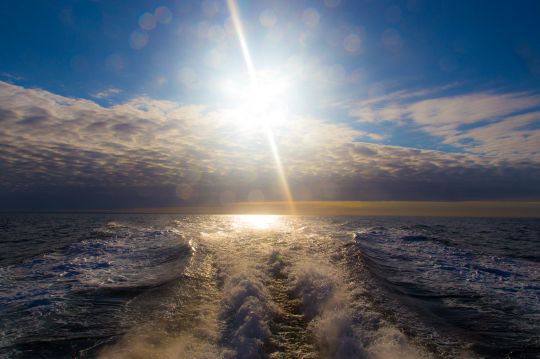
Formed on the surface of the sea, this bow wave moves at the same angle as the boat enters the water. It takes the boat's thrust energy with it. It can easily represent a height of several tens of centimetres which, at a respectable distance (several hundred metres), represents a real danger for swimmers, for people moving around on pontoons, for example, or for moored boats.
A wave over a meter high...
The height of the bow wave can be calculated by this formula:
Zb g V 2 s ? (tan ? + tan ?0 ) 1, 1 1 + F ?b(F, ?, ?) (1.1)
with F = Vs ? g D and ? ? tan ? - tan ?0 tan ? + tan ?0
Science enthusiasts will find something for them. As a demonstration while waiting to complete the calculations, for a ship whose hull forms a 25° angle at the bow and which is travelling at 8 knots, the wave will be about 90 centimetres high. In other words, anything within range of this wave will move vertically by almost one metre.
Risks to other users
These items include gangways such as other boats' tenders or cruise ship tenders, all of which will undergo this displacement. Swimmers too, for whom the phenomenon will not be synonymous with vertical movement in the water, but with a rapid rise in the water level.
Complaint from swimmers in Nice, a shuttle bus involved

In the port of Nice a few years ago, parents complained that the water suddenly rose by almost a metre, while the sea was oily and the wind absent. Studies carried out at the time showed that these waves were caused by a shuttle bus serving a nearby island that crossed almost 500 metres from the beach. All that was needed was to reduce the speed of this shuttle so that its wave dispersed enough energy as it moved. And that it no longer poses a danger to children.
The responsible boater
It is the yachtsman who is at the origin of this wave who will be legally responsible for the damage caused by it. Because it is up to him to reduce the speed of his boat according to the environment in which he evolves.
It is therefore incumbent on us, as responsible boaters, to respect and limit our speed in places where there is a speed limit and, in any case, even if there is no speed limit in place, when approaching bathing areas, embarking or disembarking passengers, in order to avoid discomfort and degradation, or even worse in some cases.

 /
/ 